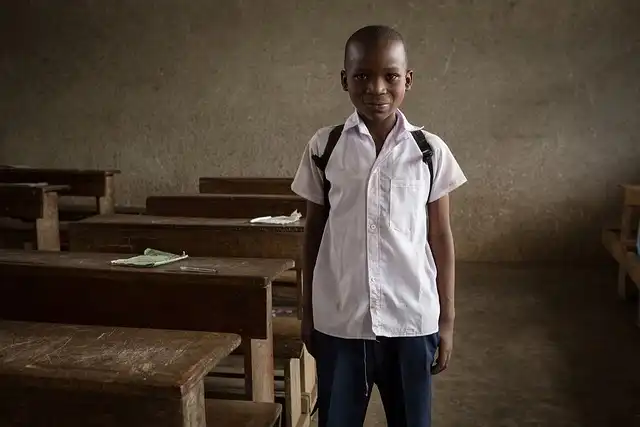Equity in Education: Supporting Underrepresented Students

Universities must prioritize equity for first-generation & low-income students using socioeconomic & geographic factors. Overcoming barriers ensures diverse classrooms & strengthens communities.
Without devices that account for the obstacles pupils encounter, universities will certainly fall back on practices that extremely favor the privileged, closing out first-generation and low-income trainees that have already defeated the probabilities. Classrooms that bring together pupils from different walks of life prepare all graduates to lead a varied society, foster development and strengthen our neighborhoods.
That pledge rings hollow if we permit the rich and well linked to monopolize instructional opportunity. Colleges and colleges should honor that promise by proceeding to look for out and support trainees that have been successful versus the probabilities.
Maintaining Equity in Admissions
The High court, even in overruling variety campaigns, still made clear that colleges might check out race-neutral alternatives to achieve equity. The use of geographic and socioeconomic aspects is exactly such an alternative. In Spite Of U.S. Attorney General Pamela Bondi’s recent nonbinding advice warning versus using geographic indicators as “proxies” for race, make indisputable: Deserting factor to consider of these aspects of a candidate’s background is not a political selection however a legal need, reflecting fear instead of courage.
Our universities and universities clambered to locate legal tools to ensure that their pupil bodies still reflected the breadth of skill and promise in this country.
Tools for Holistic Evaluation
Median family earnings, access to Advanced Positioning training courses, neighborhood crime prices and other essential indicators help admissions policemans see the full picture and provide crucial context to assist recognize high-achieving trainees from deprived communities. Without tools that account for the barriers students encounter, colleges will certainly fall back on methods that overwhelmingly prefer the fortunate, closing out low-income and first-generation students who have actually currently beaten the chances. Universities and universities should recognize that promise by proceeding to look for out and assistance pupils that have actually succeeded versus the odds.
Median household earnings, accessibility to Advanced Positioning training courses, regional criminal offense prices and other vital signs assist admissions police officers see the complete photo and offer critical context to aid identify high-achieving trainees from disadvantaged communities. These are pupils whom colleges could or else ignore.
The Supreme Court’s Impact
Two years earlier, the High court dealt a terrible strike to chance in America when it gutted access to higher education for underrepresented teams. That choice was not just legitimately misguided yet also disregarded to the deep injustices that have long formed our education system. Our universities and colleges rushed to find lawful devices to ensure that their pupil bodies still showed the breadth of ability and promise in this nation.
The writers all act as state chief law officers: New york city Attorney General Letitia James, Connecticut Attorney General William Tong, Delaware Attorney General Kathy Jennings, Illinois Attorney General Kwame Raoul, Minnesota Chief Law Officer Keith Ellison, New Jersey Chief Law Officer Matthew Platkin, Vermont Attorney General Charity Clark and Washington Chief Law Officer Nick Brown.
We can not enable the High court’s decision– and the chilling result in its wake– to undo decades of development. And we can not allow schools to abandon their responsibility in this moment of crisis. The information that offers wider context for candidates remains offered, however without the will to use it, a lot of doors will certainly stay closed for the students that require them most.
1 access to education2 affect higher education
3 equity in education
4 first-generation students
5 socioeconomic factors
6 student support
« Kean & NJCU Merger: University Consolidation in New JerseyAI in College Sports: Optimizing Performance & NIL Management »
